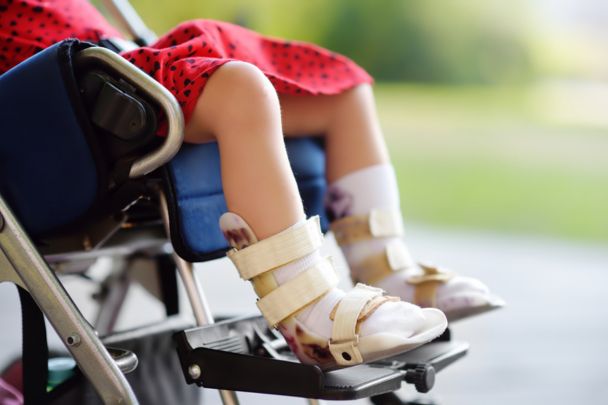All about Foot Braces
All about Foot Braces
Blog Article
The smart Trick of Foot Braces That Nobody is Talking About
Table of ContentsThe Best Strategy To Use For Foot BracesMore About Foot BracesFoot Braces Can Be Fun For Anyone
(1) History: ankle-foot orthosis (AFO) is the most generally recommended orthosis to clients with foot decrease, and ankle and foot issues. In this study, we aimed to review the typically utilized sorts of AFO and introduce the current development of AFO. (2) Approaches: narrative review. (3) Results: AFO avoids the foot from being dragged, provides a clearance in between the foot and the ground in the turning stage of gait, and maintains a stable position by enabling heel call with the ground throughout the stance phase.By putting thermoformed plastic to cover the positive plaster design, it creates the orthosis in the exact form of the version. PAFO commonly includes a shank shell, foot plate, and Velcro strap, with depend upon ankle joints as required [13,14] PAFO can be identified according to the existence of hinges, mostly as solid ankle joint types without hinges and hinged ankle joint types with additional hinges.
The leaf-like creases are intended to enhance the component of the ankle joint with one of the most amount of movement and repeated loadings. The creases work as a springtime in the ankle joint that permits slight dorsiflexion in the mid and incurable positions, and this flexibility can also partially aid the push-off function in the incurable stance.

Foot Braces Things To Know Before You Get This
The plantarflexion can this additionally be completely limited by fitting the coverings at 90 without room in between. The Gillette joint, like the Oklahoma joint, links a separate shank covering with the foot covering, enabling both plantarflexion and dorsiflexion. HAFO is commonly used in kids with spastic diplegia and people with abnormal hemiplegia click over here now after stroke, as it can extend the ankle joint plantar flexor to minimize rigidity and reduce disorganized muscle-response patterns.
